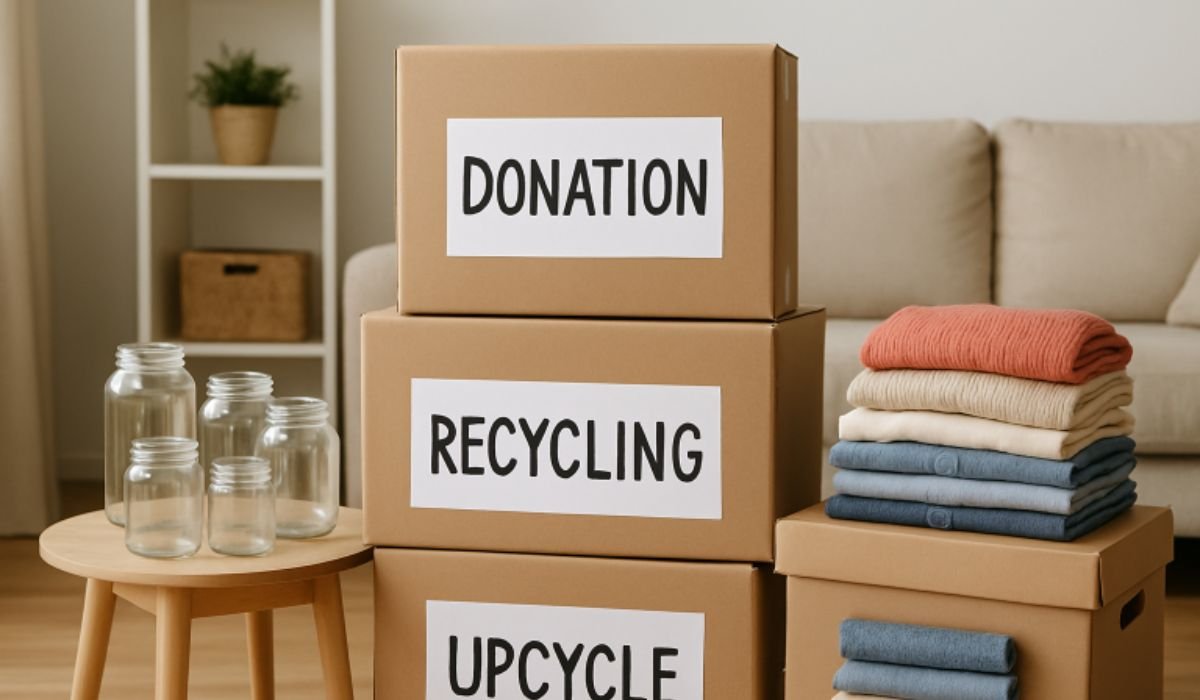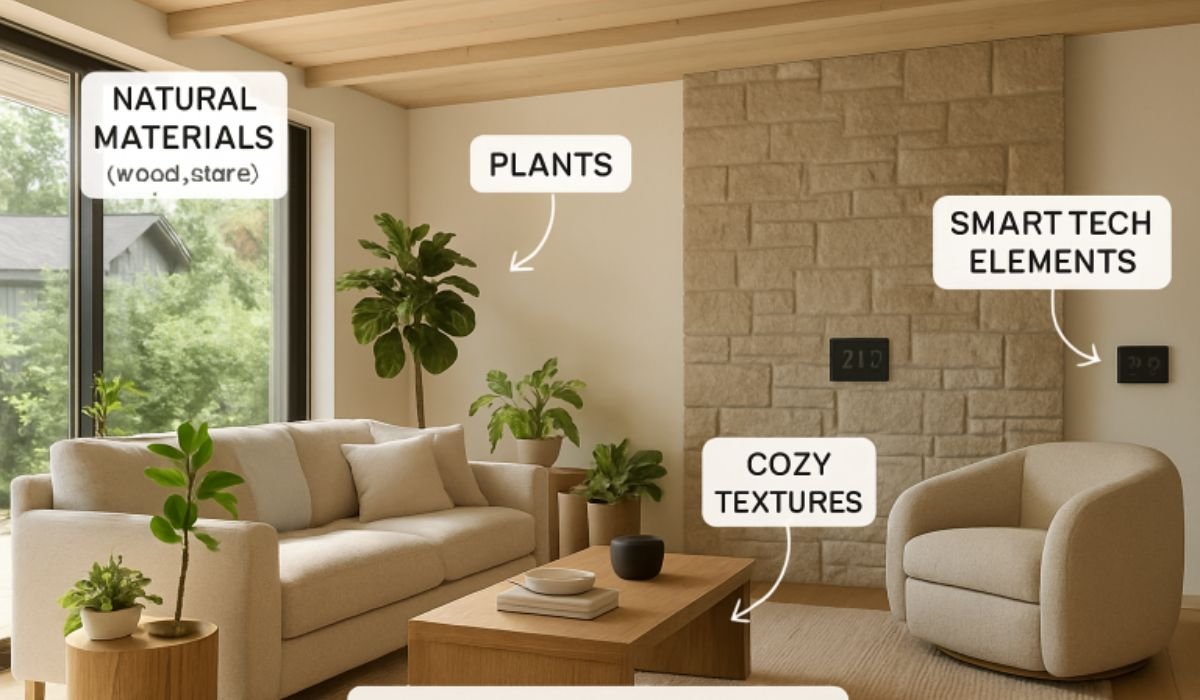Key Takeaways
- Get creative with upcycling and repurposing to cut waste.
- Leverage community swaps, donations, and online marketplaces to give your items a new home.
- Adopt mindful habits such as reducing incoming items and prioritizing quality to prevent future accumulation.
Decluttering your space can bring clarity, peace, and renewed energy to your daily life. However, simply tossing unwanted items can have negative impacts on the environment by contributing to landfills and waste problems. By approaching the task with mindfulness, you can make choices that are cleaner, greener, and even inspiring. Thoughtful decluttering means exploring creative solutions and community resources that make a difference. For those larger cleanout needs, consider local services like https://www.1800gotjunk.com/us_en/locations/junk-removal-denver as a responsible way to clear out bulk items while respecting the environment.
Adopting a sustainable decluttering mindset means giving your belongings a second chance, minimizing impulse purchases, and seeking ways to reduce waste. Not only does this help the planet, but it also transforms your home into a more intentional and harmonious space. Sustainable decluttering is a journey that blends creativity, community, and lasting habits that prevent clutter from returning.
Host a Swap Party
Gather your friends, family, or neighbors for a swap party, a fun and sustainable way to refresh your home without buying new things. Everyone brings gently used items they no longer want, whether it’s clothes, kitchenware, books, or home decor. Not only do swap events help everyone involved declutter, but they also foster a sense of community and save money. You’ll likely discover treasures you never knew you needed, all while extending the life cycle of household products.
Repurpose Everyday Items
Before parting with anything, pause to see if it can serve a new purpose. Everyday objects, such as coffee cans, glass jars, or old baskets, can be transformed into practical or decorative solutions. For example, turn jars into pantry storage or pen holders, and reuse shoe boxes as drawer organizers. Old t-shirts make excellent dust rags or washable shopping bags, supporting the zero-waste mindset. Check out examples and inspiration for upcycling all sorts of materials on sites like HGTV, which offers upcycling ideas for every room.
Sell Items Online
Many of your unused or gently worn possessions could find a new life with someone else. Online platforms such as Facebook Marketplace, eBay, or specialized apps for clothing and furniture make it simple to connect with local buyers. Selling your items not only declutters your home but also helps other people access useful goods at a lower price. Additionally, it reduces the demand for new manufacturing, resulting in less overall waste.
Donate Responsibly
If you enjoy giving back, donate usable items to local charities, shelters, or thrift stores. Ensure that you donate only items in good condition—clean, safe, and complete. Quality donations support communities in need and keep perfectly useful products out of landfills. Before loading your boxes, check each charity’s policy to ensure your donations truly benefit the intended recipients. National organizations, such as Goodwill or The Salvation Army, also provide helpful donation guidelines to ensure your contributions have a positive impact.
Implement the One-In, One-Out Rule
To keep your home clutter-free after decluttering, start the practice of “one-in, one-out.” Whenever you buy something new, such as a coat, a kitchen gadget, or a book, consider letting go of a similar item you already own. This habit helps you pause before making new purchases, encourages mindful consumption, and prevents new clutter from building up. Over time, you’ll appreciate the things you own even more and keep only those that truly add value to your life.
Digitize Documents
Paper clutter can grow quickly, but most documents can be scanned and stored digitally. Use a scanner or mobile app to digitize important records, receipts, and personal paperwork. Organize them in easily searchable folders, and remember to back up files in secure locations (such as a cloud service or external drive). This not only clears valuable surface space, but also makes it easier to find what you need fast.
Repair Before Replacing
Next time something breaks, consider repairing it rather than replacing it immediately. Many household items, clothing, and electronics can be fixed with simple DIY skills or the help of a local repair expert. Not only does this lower your environmental footprint, but it also saves money over time. Community “repair cafés” and online tutorials to make it easier to extend the lives of your possessions.
Practice Mindful Purchasing
Prevent clutter at the source by asking yourself if you genuinely need and will use an item before you buy it. Favor quality over quantity; look for multi-use products, and consider borrowing or renting items that are only needed occasionally. This conscious approach shifts your mindset from impulse purchasing to intentional living, keeping your home free from unnecessary stuff in the long term. Sustainable decluttering is a powerful way to bring order and positivity to your home without harming the planet. Let creativity, community, and conscious choices guide every step, and enjoy the lasting benefits of a clutter-free, eco-friendly space.
Final Thoughts
Sustainable decluttering extends beyond creating a tidy home, as it involves making choices that reflect care for the environment and mindfulness in daily living. By repurposing, donating, and rethinking the way you consume, you contribute to a cleaner planet and a calmer, more intentional space. Each small step—whether fixing, swapping, or selling—adds up to meaningful change. When you approach decluttering creatively and sustainably, you not only reclaim your home but also cultivate habits that nurture both your well-being and the world around you.
YOU MAY ALSO LIKE: Korpenpelloz: Where Tradition Meets Tomorrow in a Global Movement










